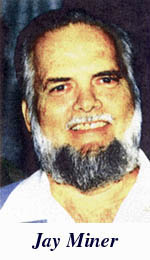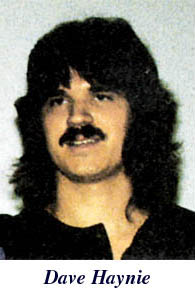
Now the Amiga-History ...
Page: History I / History II
The beginning
A girlfriend called "Lorraine"
The women of the Commodore
More is often less
Exitus!

Commodore was already founded in 1958 in Canada by Jack Tramiel and was in the beginning a manufacturer of mechanical typewriters and distributed them just as mechanical adding machines and office furniture. The german branch, the Commodore Büromaschinen GmbH, was founded in 1971 in Frankfurt.
In the 70's Commodore went into the computer market. Very important for that was the buying of MOS Technologies in 1976 who designed processors, for example the processor 6502. These processore were installed in Commodore's computers in the next couple of years. In 1977 was the first cheap microcomputer, the PET, released. It was almost completely build of parts of the MOS-production. Together with the Apple II and the Tandy Radio Shack TRS-80 it has the reputation to be the first micro- or desktopcomputer. The PET was one of the first computers anybody could buy and showed that computers in offices or at home could be accepted. With this model and the following ones, mainly constructed for office use, Commodore became quickly famous.
1981 the VC20 reached the market.
It was global sold more than 1.3 million times. With that success the VC20 was one of the most sold
homecomputers. Already one year later Commodore released the C64.
With more than 22 million sold pieces is it the most sold computer worldwide of all times; the german
part counts round 2 million. Sometimes the share of the market was over 75%! What this computer
could do was sensational. With the C64 came the breakthrough for Commodore.
| TOP |





